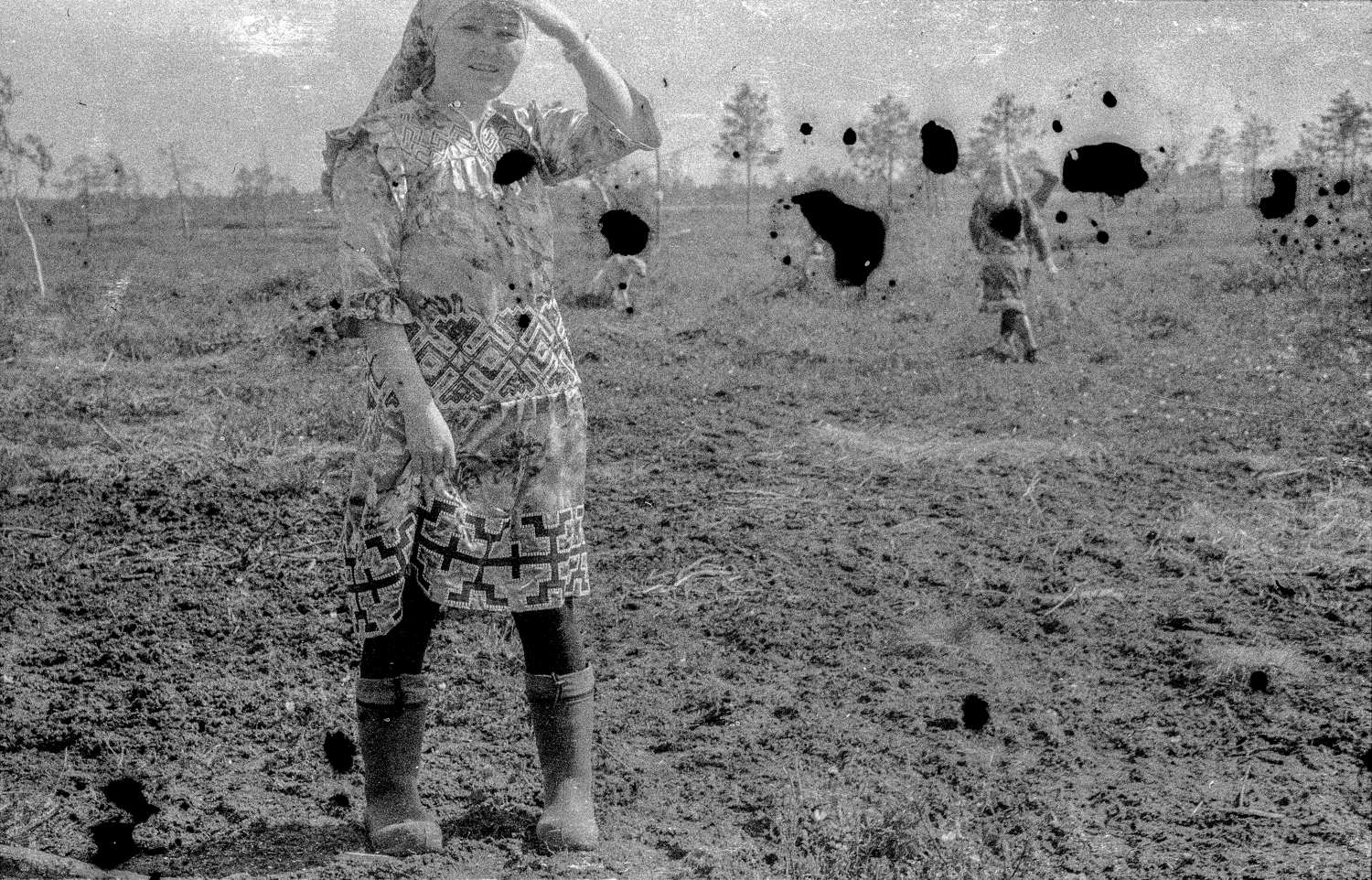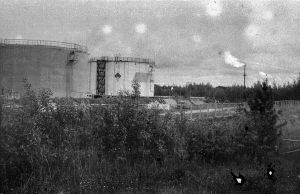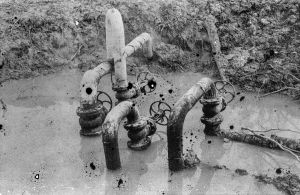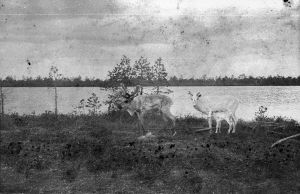THE PRIMARY cause of global warming is human activity that releases carbon into the atmosphere, most significantly the burning of fossil fuels.
This photo series shows how irresponsibly we treat fossils even at the producing stage, and the damage it brings to nature and indigenous people. The series is shot in KhMAO, the district where about 50% of oil in Russia is produced. There are about 1.5 million tons of oil spilled into the Russian environment yearly during production and transportation.
In the summer of 2018, I arrived at Surgut, as a Greenpeace volunteer to shoot what is happening to indigenous people. Local oil workers joke about KhMAO that it is one large licensed area for oil production.
Antonina Tevlina lives in Russkinskaya village and her family still lives an indigenous way of life shepherding reindeers on their territory of approximately 600 hectares. They faced a growing problem when oil producers came to their land bringing check-points on roads, pollution of water, and destruction of the ecosystem. All this leads to a reduction of the reindeer population and endangers the traditional way of life of indigenous people.
ILMASTON lämpenemisen suurimpana syynä ovat ihmisen tuottamat hiilidioksidipäästöt, jotka syntyvät ennen kaikkea fossiilisista polttoaineista.
Tämä kuvasarja kertoo, kuinka vastuuttomasti toimimme jo fossiilisten raaka-aineiden tuotantovaiheessa ja mitä vahinkoa tämä aiheuttaa luonnolle ja alkuperäiskansoille.
Kuvat ovat KhMAOn alueelta, josta on peräisin noin 50 % Venäjällä tuotettavasta öljystä. Tuotannossa ja kuljetuksessa Venäjän ympäristöön valuu vuosittain noin 1,5 miljoonaa tonnia öljyä.
Saavuin kesällä 2018 Surgutiin Greenpeacen vapaaehtoistyöntekijänä kuvaamaan alkuperäiskansojen olosuhteita. Paikalliset öljytyöläiset vitsailevat, että koko KhMAO on lisensoitu yhdeksi suureksi öljykentäksi.
Antonina Tevlina asuu Russkinskajan kylässä, jossa hänen perheensä elää edelleen alkuperäiskansan tapaan paimentaen poroja noin 600 hehtaarin alueellaan. Perheen ongelmat alkoivat öljy-yhtiöiden saapuessa heidän mailleen: teille pystytettiin tarkastusasemia, vedet alkoivat saastua ja ekosysteemi tuhoutua. Kaiken tämän seurauksena porokanta on pienentymässä ja alkuperäiskansan elämäntapa uhattuna.








